Join Emily on her time-traveling adventure in “The Time-Traveling Journal.” This captivating story teaches students about verb tenses—future, present, and past—through a magical journal that transports her through time.
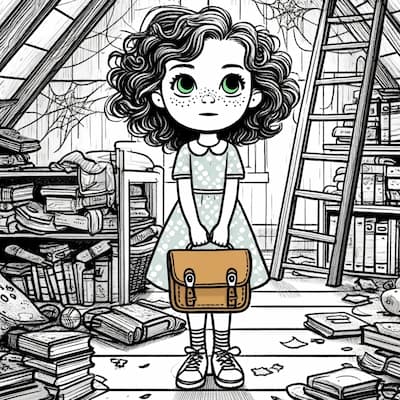
In an old house, there was a dusty attic filled with forgotten treasures. Among the piles of old books and cobwebs, a young girl named Emily discovered a mysterious journal.
Curious, Emily opened the journal and found a blank page that began to glow. She was fascinated and decided to write a simple sentence: “I will go to the park.” Suddenly, the room started to spin.
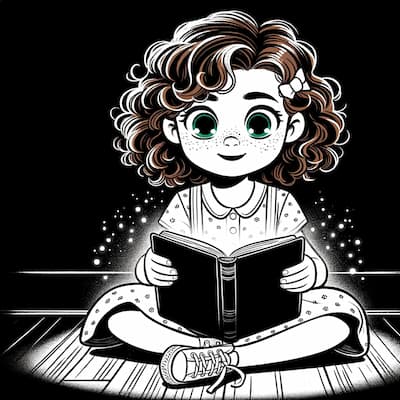
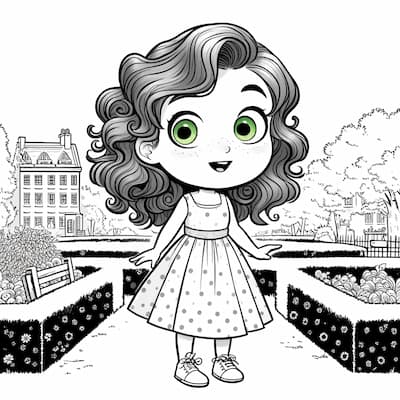
When the spinning stopped, Emily found herself standing in a beautiful park, but everything looked old-fashioned. She realized that the journal had transported her to the past!
In the park, Emily met a young boy named Thomas. Thomas was friendly and invited Emily to play a game with him. They laughed and talked as if they had known each other for years.
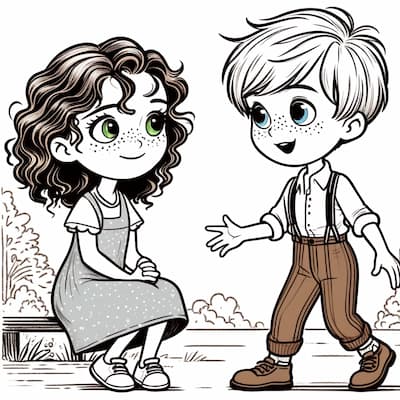
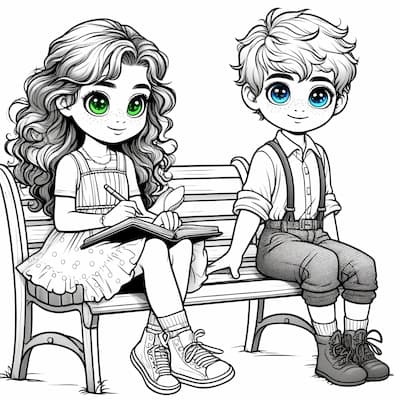
Emily decided to write in the journal again: “I am playing with Thomas.” Immediately, the journal glowed, and she noticed the world around her became more vivid and lively.
Emily then noticed the journal displayed different sentences: “I will play with Thomas,” “I am playing with Thomas,” and “I played with Thomas.” She realized the journal was teaching her about verb tenses.
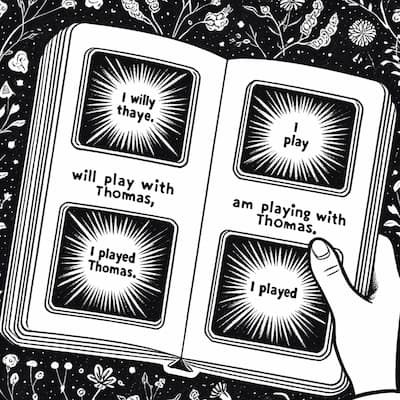
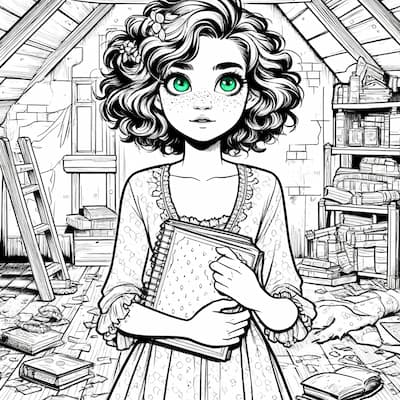
Curious about what would happen next, Emily wrote, “I played with Thomas.” The journal glowed again, and she was transported back to her attic, holding the journal tightly.
Excited, Emily read the lesson in the journal, which explained the different verb tenses: future, present, and past. She now understood how to use each tense correctly.
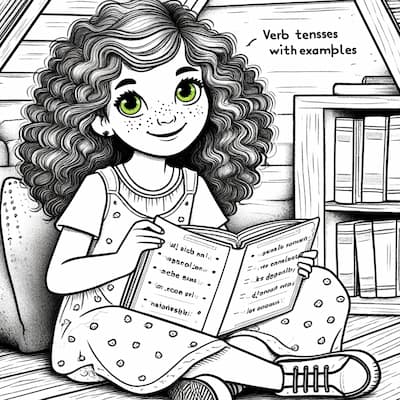
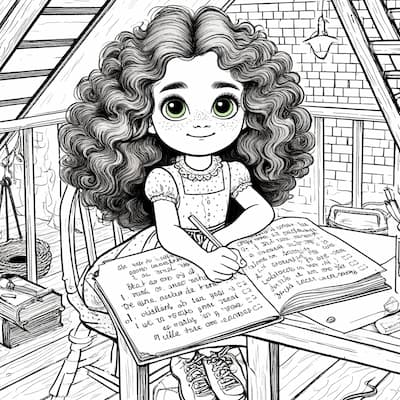
Emily spent the afternoon practicing writing sentences in different tenses: “I will visit the museum,” “I am visiting the museum,” and “I visited the museum.” She felt more confident with each sentence.
Emily decided to share the magical journal with her friends so they could learn about verb tenses too. She knew that with this journal, learning grammar could be a fun adventure for everyone.
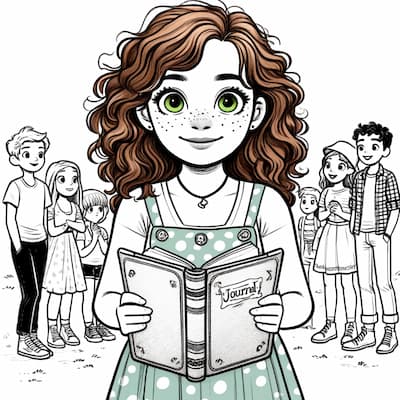
Through Emily’s story, students can learn about verb tenses:
- Future Tense: Describes an action that will happen.
- Example from the story: “I will go to the park.”
- Present Continuous Tense: Describes an action that is happening now.
- Example from the story: “I am playing with Thomas.”
- Past Tense: Describes an action that has already happened.
- Example from the story: “I played with Thomas.”
Conclusion:
Emily’s magical journey with the time-traveling journal not only took her to different times but also taught her about verb tenses in a fun and engaging way. From playing with Thomas in the past to planning future adventures, Emily’s story helps students understand and use future, present, and past tenses correctly. By practicing these tenses, students can improve their grammar skills and make their writing more dynamic and clear.
